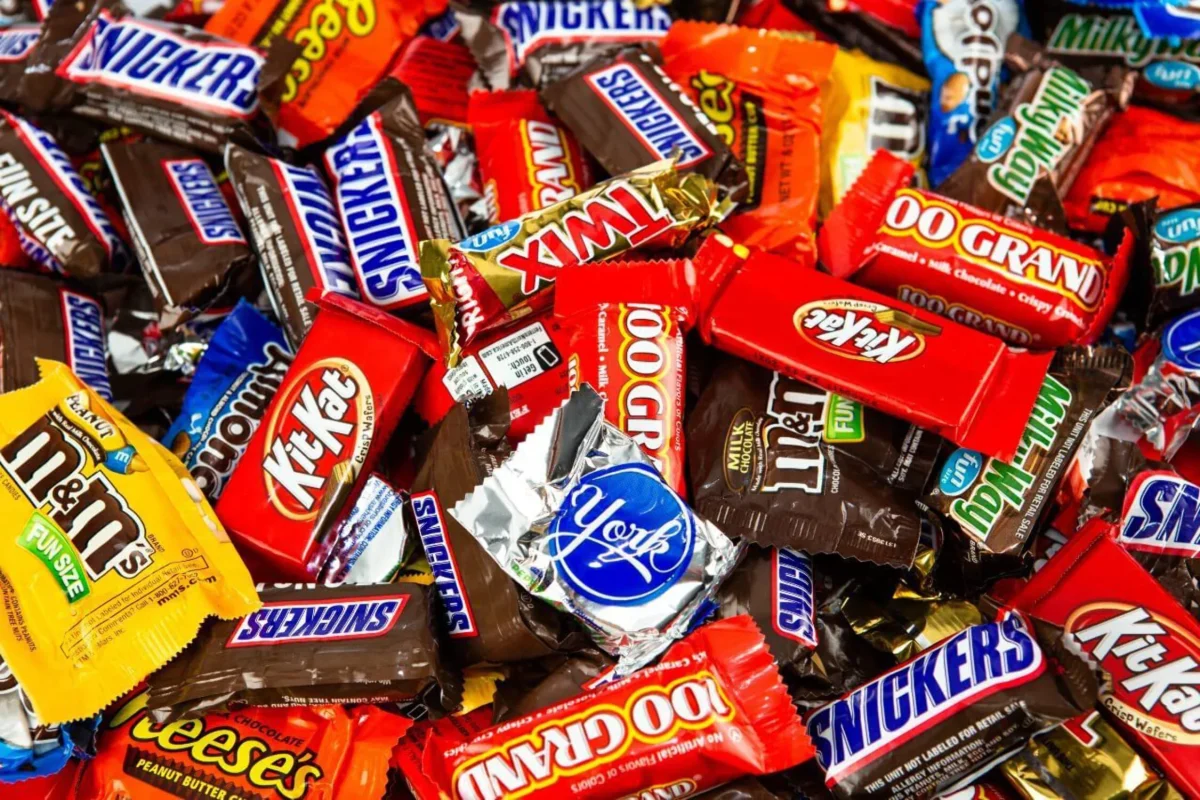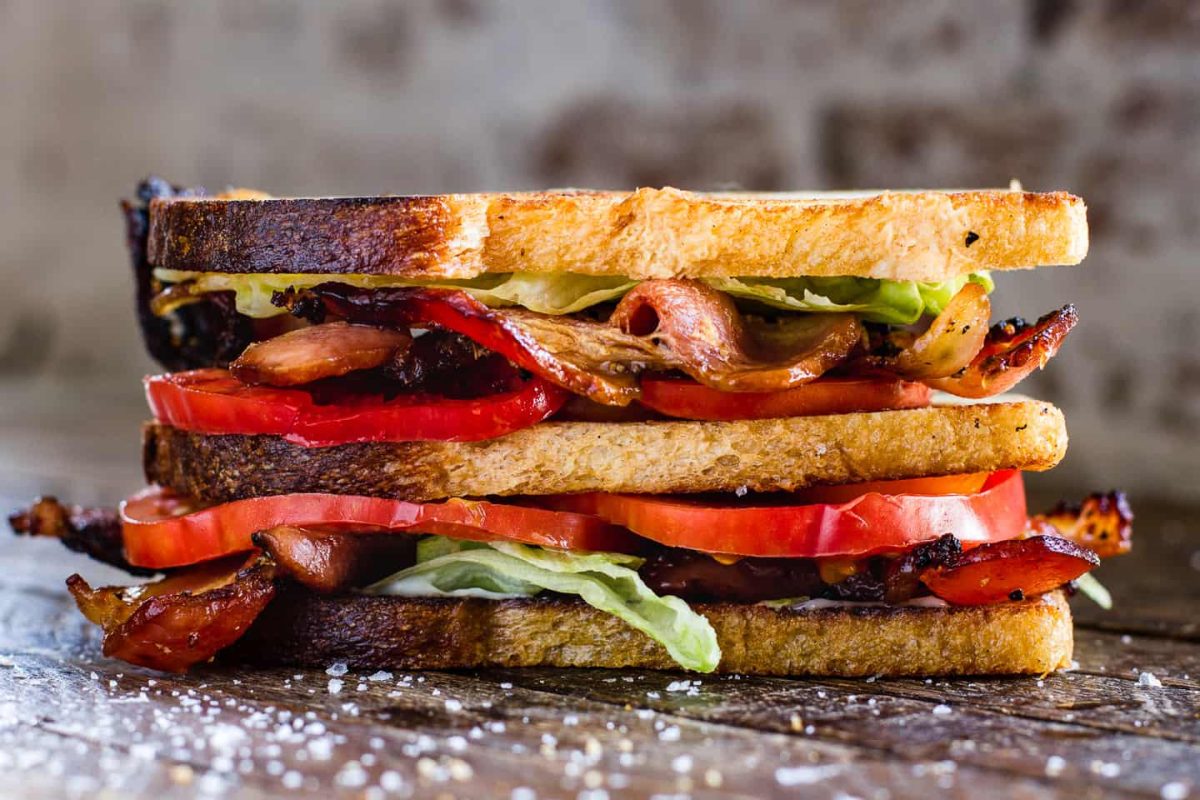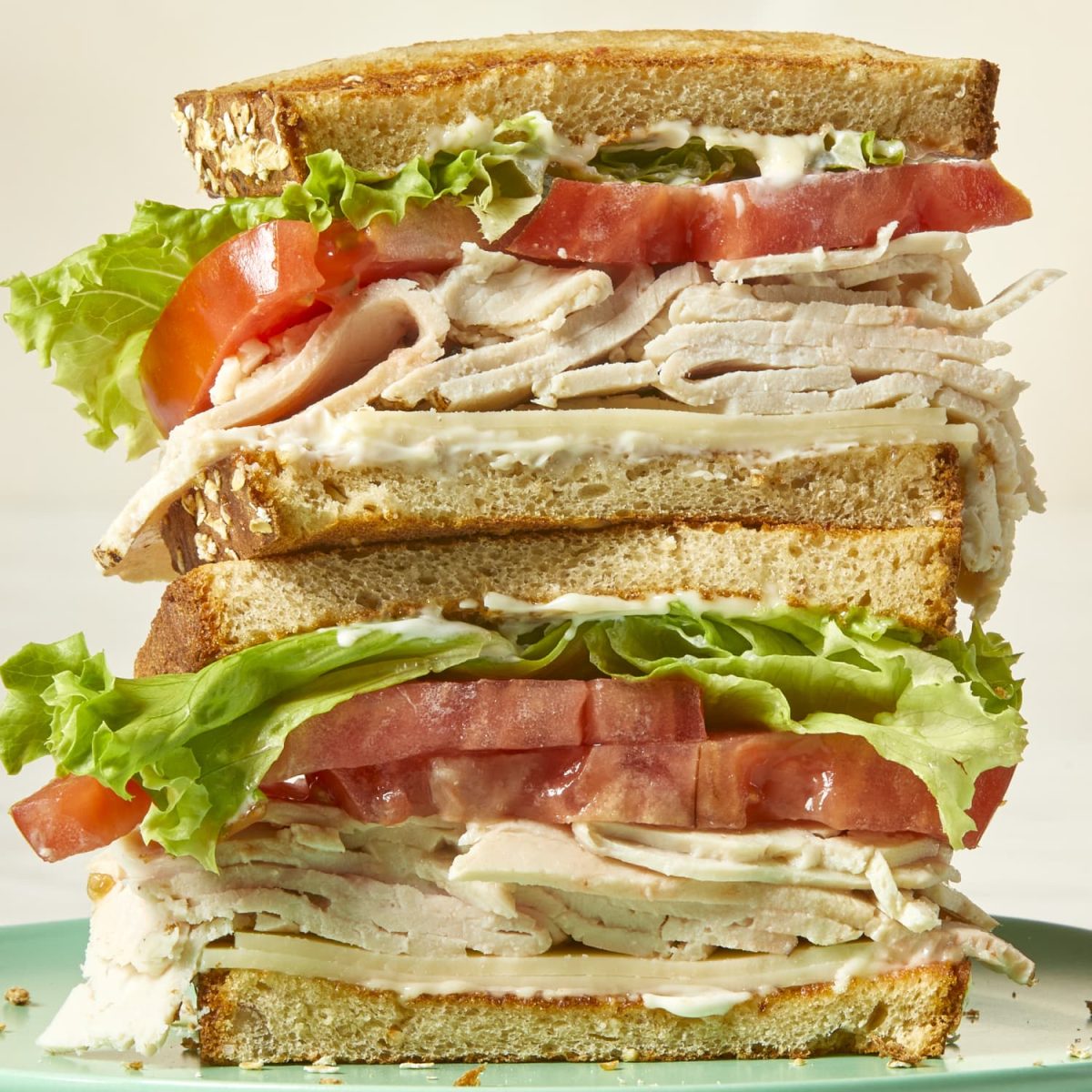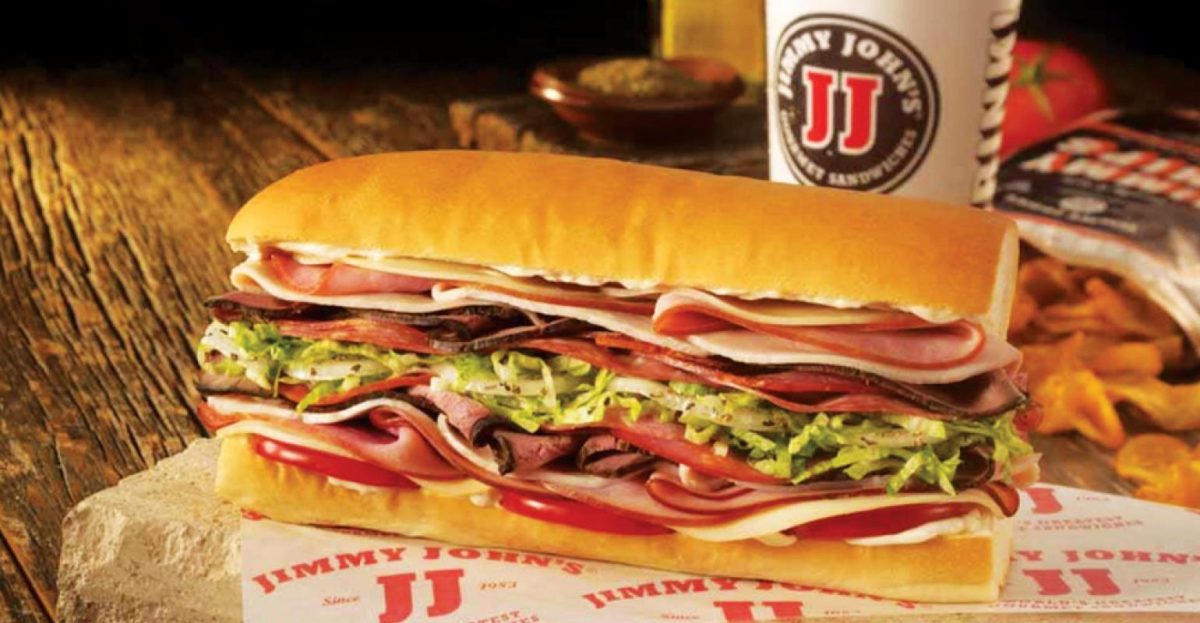Walking into a local supermarket can be a blur of color and flavor that seems never-ending. The different brands of juices, teas, and coffees all line the shelves, waiting for someone to pluck them off and bring them home in their cart. In today’s world, branding and marketing are king for the vast drink beverages companies try to coax us into buying. From soda to energy drinks, the drink industry has been changed for good with its never-ending flavors and creations over the years. However, there is one drink that has withstood the test of time. Let’s go back to a simpler time, in the mountains of Manchuria (present-day China) where the wind blows on the desolate snow-capped cliffs — where a now popular fermentation process that finds itself on shelves today — first began.
That fateful fermentation process would of course turn into kombucha, a fermented tea drink that has taken off in popularity in the last couple of years. Before its newfound popularity in the Western world, the tea brewing that began in China, started over 2000 years ago. This would then spread to Japan and Russia before making it to Europe through trade routes, but then tea would dip in popularity in the 1930s and 40s due to World War II, as the fermentation process required sugar, a luxury during wartime. Despite its momentary dip, the drink quickly regained popularity during the 1960s, after a study in Switzerland compared the health benefits of kombucha to that of yogurt. Since then, despite some setbacks in the industry, kombucha has had a slow rise to relevance until 2011, when the kombucha craze started to kick off.
The idea of fermentation has come up a lot, and this is exactly what kombucha is made and derived from. The basic ingredients in the age-old drink are yeast, sugar, and black tea; this is then set aside for two weeks. During that time, we see bacteria and other acids form in the drink, while it also yields some vitamins and nutrients. This mix also includes a small amount of alcohol that is created inherently because of the fermentation process, but this is later dissolved. The fermentation process creates a layer of film on the top of the glass of kombucha. This can be later used to create different types of kombucha.
Although kombucha claims to have health benefits, many of these claims lack sufficient evidence in terms of the broad benefits it supposedly provides. Some of these ideas include that it can help boost your immune system, help you lose weight, fend off high blood pressure, heart disease, cancer, and so on. However, it’s not fair to say that kombucha doesn’t do this either, as fermentation can help with gut health and your immune system in some way. So as people begin to get thirsty in the summer sun, let’s not forget that kombucha is always an option as a thirst quencher.





































